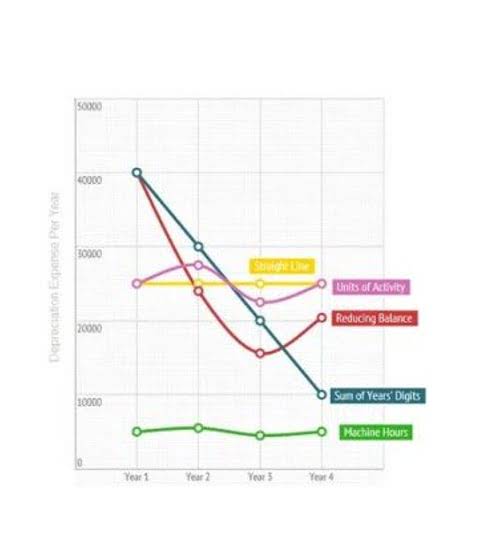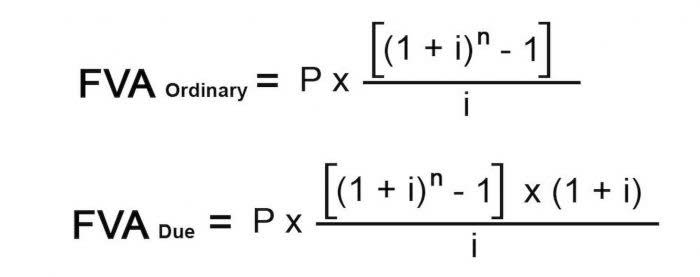
After preparing the closing entries above, Service Revenue will now be zero. An income summary account is a temporary account used unearned revenue by businesses at the end of the year to organize their finances. Businesses earn money (revenue) and incur expenses throughout the year. At the end of the year, businesses gather all revenue and expenses and place them into an income summary account. Instead of sending a single account balance, it summarizes all the ledger balances in one value.
Income Statement FAQs
- It tells whether a company has made a profit or loss during that period.
- The income summary account is an intermediate account that is used to close the books.
- EBIT is helpful when analyzing the performance of the operations of a company without the costs of the tax expenses and capital structure impacting profit.
- It includes marketing costs, rent, inventory costs, equipment, payroll, step costs, insurance, and funds intended for research and development.
- The income summary account is an intermediate point at which revenue and expense totals are accumulated before the resulting profit or loss passes through to the retained earnings account.
Note that by doing this, it is already deducted from Retained Earnings (a capital account), hence will not require a closing entry. This is closed by doing the opposite – debit the capital account (decreasing the capital balance) and credit Income Summary. Temporary accounts include all revenue and expense accounts, and also withdrawal accounts of owner/s in the case of sole proprietorships and partnerships (dividends for corporations). Before passing those entries, there are a few processes and steps to be followed to reach that stage.
- In this blog, we will discuss the income summary account in detail and understand how to calculate it with some real-world examples.
- 11 Financial’s website is limited to the dissemination of general information pertaining to its advisory services, together with access to additional investment-related information, publications, and links.
- After closing all the company’s or firm’s revenue and expense accounts, the income summary account’s balance will equal the company’s net income or loss for the particular period.
- The cumulative amount of net income that a company retains for reinvestment in the business rather than distributing as dividends to shareholders.
Which of these is most important for your financial advisor to have?
Our mission is to empower readers with the most factual and reliable financial information possible to help them make informed decisions for their individual needs. Our goal is to deliver the most understandable and comprehensive explanations of financial topics using simple writing complemented by helpful graphics and animation videos. All three documents must be reviewed together to get a clear picture of the financial health of the business. Income statements can be complex, but understanding the different components is crucial to interpretation. It helps analysts and research houses analyze, forecast, and perform corporate valuation in order to create future economic decisions in the company.
Step 4: Transfer net profit to retained earnings

The post-closing trial balance report lists down all the individual accounts after accounting for the closing entries. At this point in the accounting cycle, all the temporary accounts have been closed and zeroed out to permanent accounts. Therefore, a post-closing trial balance will include a list of all permanent accounts that still have balances. The credit balance of the revenue account is transferred by debiting the revenue account and crediting the income summary account.

Get in Touch With a Financial Advisor
- Direct costs can include parts, labor, materials, and other expenses directly related to production.
- Take self-paced courses to master the fundamentals of finance and connect with like-minded individuals.
- Go a level deeper with us and investigate the potential impacts of climate change on investments like your retirement account.
- This makes it easier for users of the income statement to better comprehend the operations of the business.
- The Internal Revenue Service (IRS) permits businesses to deduct operating expenses if the business operates to gain profits.
Closing the income summary account is done after all income sources are accounted as retained earnings of the organization. But before that entry is passed, there are a few steps to the process. Income statement evaluates the profit or loss of a business over a period of time, whereas balance sheets show the financial position of a business at a specific point in time. Income statements provide a summary of the performance of a company during a specific accounting period and are useful for various stakeholders like management, investors, lenders, and creditors. Non-operating expenses are the costs from activities not related to a company’s core business operations. In this case, the income summary account has a net credit balance which means that the company has a net income of $5 million.
Step 3 of 3

Similarly, the debit balances on the expense’s accounts are transferred and zeroed out by debiting the income summary and crediting the individual expenses account. Similarly, balances in all expense accounts are transferred to the income summary account by crediting the individual accounts by their closing balance and debiting the corresponding balance to the income summary account. This is the second step to take in using the income summary account, after which the account should have a zero balance. The income summary account process ensures the generation of accurate financial statements and ensures that the revenues and expenses for the accounting period are accurately closed for that period. A temporary account to which the income statement accounts are closed.
What Is an Income Statement?
Operating expenses totaling $37,000 were then deducted from the gross profit to arrive at the second level of profitability – operating profit which amounted to $6,000. EBIT is helpful when analyzing the performance of the operations of a company without the costs of the tax expenses and capital structure impacting profit. This is the profit before any non-operating income and non-operating expenses are taken into account.
Lenders & Creditors

The income summary is an intermediate account to which the balances of the revenue and expenses are transferred at the end of the accounting cycle through the closing entries. This way each temporary account can https://www.bookstime.com/ be reset and start with a zero balance in the next accounting period. This way each accounting period starts with a zero balance in all the temporary accounts. The income summary account does not appear on any financial statement. It is a temporary account used to summarize revenues and expenses before transferring the net income or net loss to the retained earnings account on the balance sheet. After closing, its balance is reflected in the retained earnings on the balance sheet.
The income summary account is prepared by debiting revenue accounts and crediting expense accounts. The balances of the transferred amounts should match with the net income or loss for the year. The income summary account balance is then transferred to retained earnings or the capital account in the case of a sole proprietorship. The income summary income summary account is recorded by debiting revenue accounts and crediting expense accounts.



